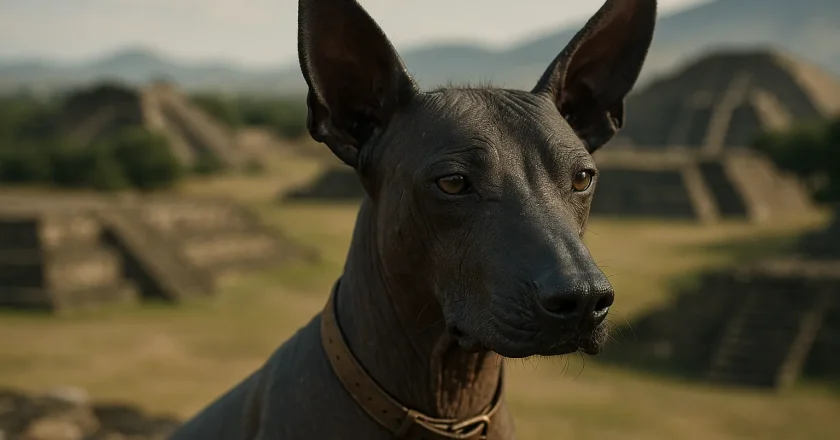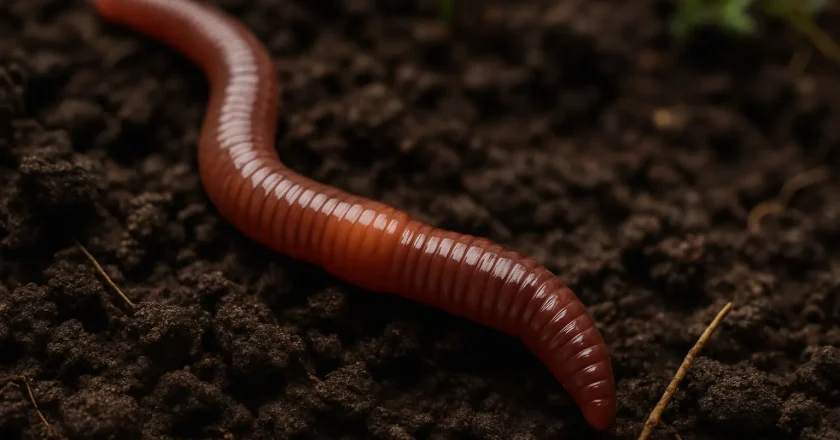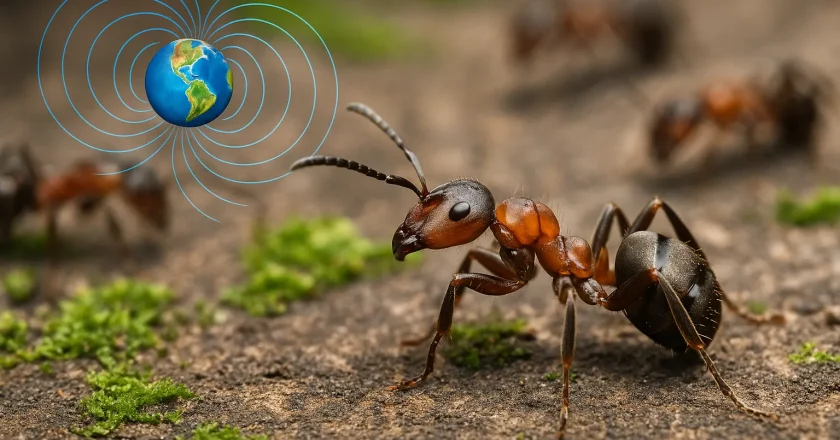Plunging Jumpsuits: One-Piece Wonders
Sleek, Sexy, and Effortlessly Chic
When it comes to making a bold, sultry fashion statement without sacrificing comfort or sophistication, nothing quite compares to plunging jumpsuits. These one-piece wonders are a sleek, sexy alternative to dresses, offering a dramatic deep V-neckline or open back that instantly commands attention.
From nightclub outings to red-carpet events, plunging jumpsuits strike the perfect balance between elegance and edge. Let’s explore how to style them to perfection and make them your new go-to look for unforgettable entrances.
Why Plunging Jumpsuits Are So Popular
Plunging jumpsuits are a fashion-forward choice for those who want to look effortlessly stylish while feeling empowered and confident. Here’s why they remain a go-to outfit for fashi...




















